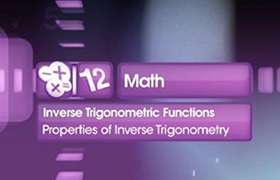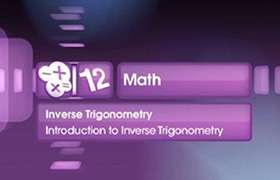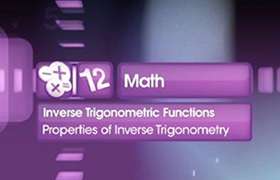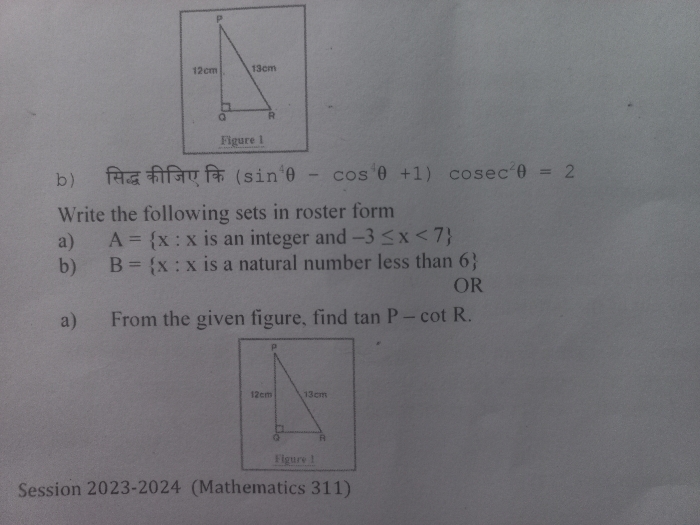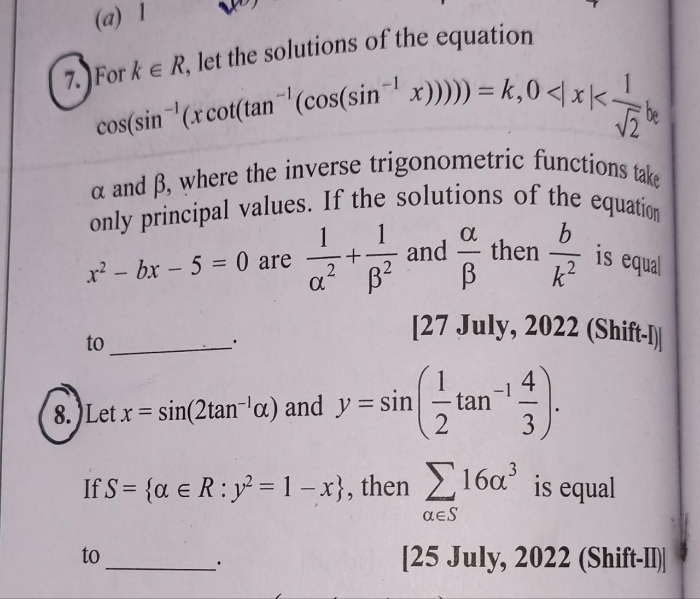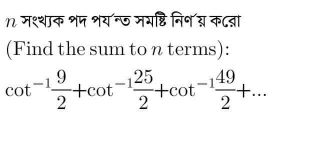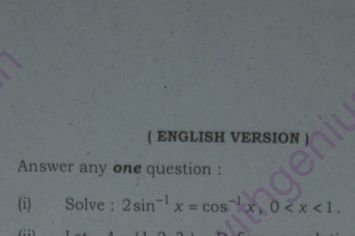CBSE Class 12-science Answered
how to find the cube root?
Asked by ekta | 13 Jul, 2013, 11:27: AM
Calculating Cube Root by Hand
-
Write down the number of which you want to calculate the cube root, separating the digits into groups of three, starting at the decimal point, from both directions. Draw a cube radical sign over the number, and put a decimal point over the radical directly above the decimal point in the number. For example, let us calculate the cube root of 10, so we separate it as 10. 000 000.
-
Start with the leftmost group of number(s), and find the biggest integer whose cube is less than or equal to it. Write the integer above the radical, and its cube under the first group. Draw a line under that cube, and subtract it from the first group. In our example, 2^3=8<10<3^3=27, so write 2 over the radical, write 8 under the first group, and subtract it from the first group, resulting in 2.
-
Bring down the next group of numbers into the remainder, and draw a vertical line to the left of the resulting number. To the left of the vertical line, write three hundred times the square of the number above the radical, a plus sign, thirty times the number above the radical, a multiplication sign, an underscore character, another plus sign, another underscore character, the exponent 2, an equals sign, and some blank space for the answer. For our example, bring down the three 0's. 300 times square of 2 is 1200, 30 times 2 is 60, so write "1200+60*_+_^2=(blank space)" to the left of the vertical line.
-
Find the biggest integer N that would fit into both underscore places, and give a number in the blank space such that integer N times the number is less than the current remainder. Put the integer N above the radical and into both underscore places, calculate the number to the right of the equal sign, multiply this number by N, write the product under the current remainder, draw a line under that, and subtract to obtain the new remainder. For our example, the integer is 1, 1200+60*1+1^2=1261, and 1*1261=1261, which subtracted from 2000 is 739. If the current answer above the radical has the desired accuracy, stop. Otherwise, proceed to the next step.
-
Repeat the previous two steps to find the next digit in the cube root.
-
Answered by | 13 Jul, 2013, 08:33: PM
Concept Videos
CBSE 12-science - Maths
Asked by sahrudadayajena | 27 Jan, 2024, 09:11: PM
CBSE 12-science - Maths
Asked by rajashekararishu | 05 Jan, 2024, 09:31: PM
CBSE 12-science - Maths
Asked by ambigamagendran256 | 04 Nov, 2023, 05:43: AM
CBSE 12-science - Maths
Asked by gopalkumarrai87 | 11 Oct, 2023, 11:02: AM
CBSE 12-science - Maths
Asked by sdmbotch1123 | 10 Apr, 2023, 10:55: PM
CBSE 12-science - Maths
Asked by varma.renu9481 | 13 Mar, 2023, 11:51: AM
CBSE 12-science - Maths
Asked by w3ctiger | 12 Feb, 2023, 11:55: AM
CBSE 12-science - Maths
Asked by joymaibam38 | 26 Dec, 2021, 09:04: AM
CBSE 12-science - Maths
Asked by amansharma08116 | 14 Jul, 2021, 09:37: AM







